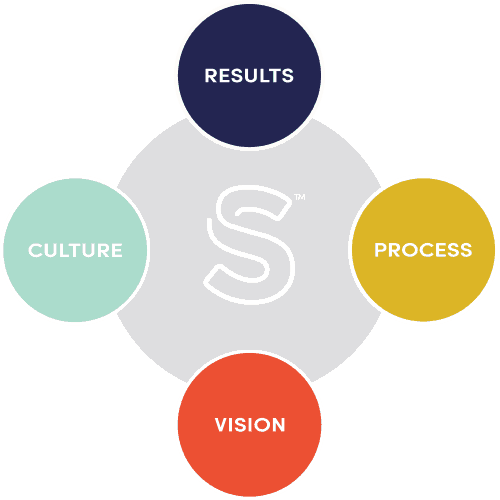
The Rest of the Planning Story
Last blog I talked about planning in January and covered the first two parts of the Shift Strategies Methodology: Vision and Culture. There is a lot more to say about both of these rich topics, but for now let’s take a look at what Process and Results means for this year’s planning efforts.
Process answers the question “How?” and is the functional operational systems by which people, organizations, and communities manage change using the Shift Strategies Methodology.

As I look at “how” I deliver consulting services a core shift I want to make in my change management practice is to reach a broader than one on one audience by offering expanded products and services. I recently completed a course on developing online webinars and workshops. I will soon offer a webinar on the basics of using the Shift Strategies Methodology described here and in my last blog. I will also have products available on the Shift Strategies website to assist with business planning, non-profit management, personal planning and change management.
This is a significant shift in the way I deliver services and I find, as is often the case with change, there is a learning curve, trial and error, a feeling of being overwhelmed and excitement about possibilities.
Results answers the questions “What?” and are measures of success using the Shift Strategies Methodology to manage change and demonstrate impact. One measurement of this shift for my practice is a broader reach, another is diversifying my revenue streams and I want to have a tangible impact on how people manage change. That may be more difficult to measure.

Measuring outcomes and having impact in the way desired are key to defining results using the Shift Strategies Methodology. I find if I am having difficulty determining how I am going to measure an outcome I want to have, like how people manage change more effectively after working with me, taking a webinar or purchasing a product, then I am probably on the right track. Too often, our results are only measured in terms of monetary outcomes and while easy to measure, it can also be very limiting when it comes to possibilities and opportunities.
That is why starting with vision, defining culture and then process leads to better results, because you start with possibility rather than limitations. We tend to run on the process-results track. If I do more of this, I will get more of that. It is not general practice to revisit vision and culture before determining how we can operate differently and create the results we desire. I think this is one of the more interesting things unfolding in business today as a younger workforce desires a more integrated lifestyle and we see companies addressing workplace culture and community impact.
How Millennials Are Reshaping What’s Important In Corporate Culture
This integrated methodology works for anything you want to shift.
If something is not working for you: business growth, job, health, relationship, money.
If you want to improve something: community engagement, department performance, employee satisfaction, job advancement, business results.
If you have a dream or an idea.
If you don’t even know what the problem or opportunity is, but sense it could be better.
We have a framework for managing any kind of change you want to make.
Shift Strategies Methodology is designed to help you manage change in your personal and professional life, business, organization or community. The process is integrated and iterative by design, so as you work with it to accomplish your objectives, you can revisit your plan using the framework to ensure the results you intend are achieved or to change course and/or redirect as needed.
We help you Shift.
We help you manage change.
We help you connect.
Thanks for reading.
Curious about if a shift would help you?
Get started with an assessment today.
